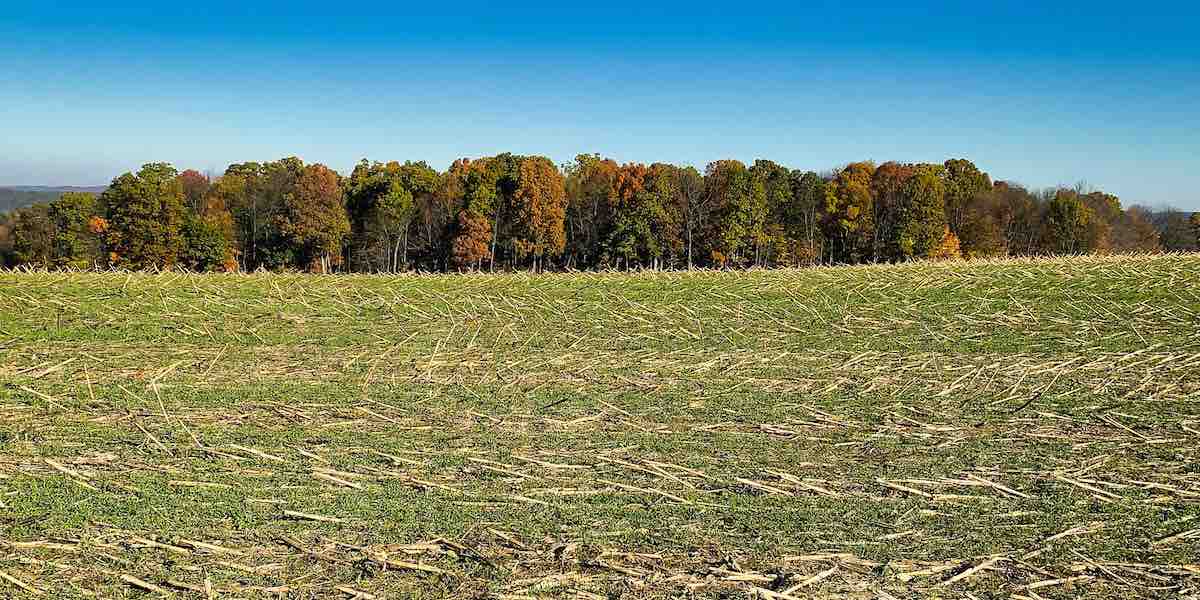Raising livestock and poultry may be very rewarding and offers many benefits—homesteads, however, frequently run into issues with the cost of the feed.
What can you grow for your own livestock feed? This might have crossed your thoughts if you have a tight budget or are just starting.
Not only does growing your animal feed help you save money, but it also improves animal health and provides a safe, organic livestock diet.
Let’s discover what you can plant for animal feed and how to prepare it to grow livestock feed easier!
What are good crops to use to grow your own animal feed?
Here is the variety of crops available that might amaze you because of how simple it is to produce them yourself.
Potato
This vegetable is excellent for feeding animals among the easier crops to grow.
When designing your garden, give plenty of space for your potato crop—after all, a root cellar full of potatoes is fantastic food security!
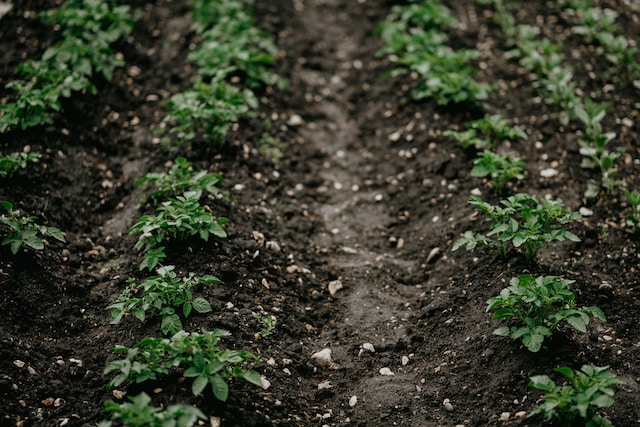
Growing Procedure
Cut-side down (eyes up) seed potato segments should be planted in a 6-inch-deep trench or hole. Each piece should be separated by 12 inches on all sides.
Feed Intake Procedure
While larger roots may be roughly sliced to reduce choking hazards, smaller tubers can be served whole to animals. It is important that if you feed potatoes, they should be cooked.
The Farmer’s Tip
You may offer your free-range chickens something to chow on throughout the day by planting canola or sunflower seeds. The seed is a great protein source and provides beneficial fats to chickens.
Kale
Kale is an excellent crop for animal feed since it has all the characteristics that make it a “super food” for humans.
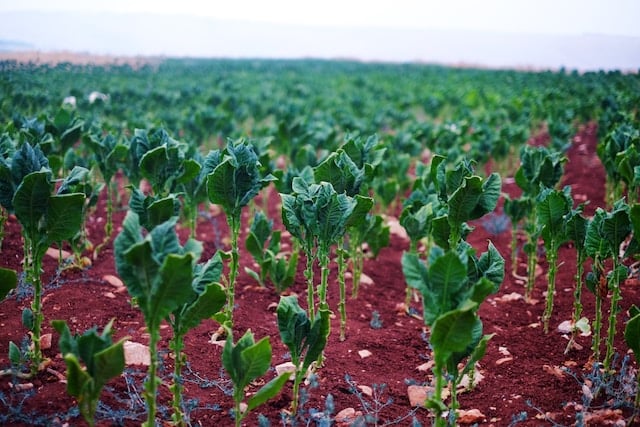
Growing Procedure
Plant it to fill empty garden spaces created by harvesting other plants.
You can collect it as needed while it grows unprotected during the winter. Although kale is a cool-season crop, it germinates easily for us, even in the heat.
Feed Intake Procedure
Kale is a crop that requires absolutely no processing for grazing animals. It’s fresh out of the garden and ready to go. You can cut the entire plant or harvest the leaves as needed.
The Farmer’s Tip
If you don’t have pasture, you may purchase hay (e.g., fodder, forage, grain, barley) for relatively little money from a nearby farmer. Or you can let it grow without extra cost if you have more land.
Mangelwurzel
A cultivated root vegetable, mangelwurzel or mangold wurzel, is also known as mangold, mangel beet, field beet, fodder beet, and root of scarcity.
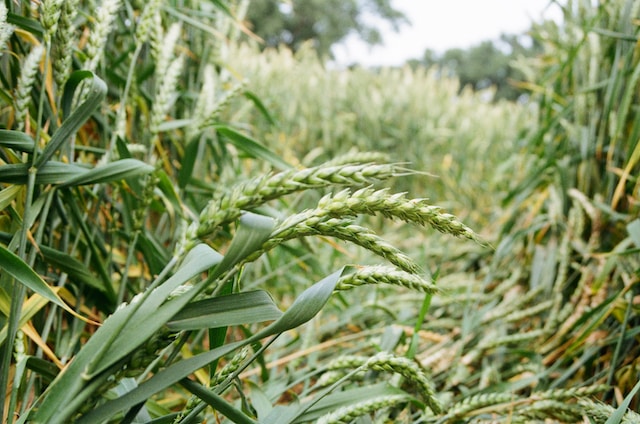
Growing Procedure
A specific land area in the garden must be set out for this long-season crop. Yet, the large tap root penetrates the soil, dissolving the hardpan and enhancing tilth.
Feed Intake Procedure
Feed whole raw roots to animals, or chop them for pigs, sheep, and more.
The Farmer’s Tip
Table scraps like vegetables and fruits can also be fed to fish. Also, they can eat the waste from your pigpen or chicken coop. Chickens and pigs can eat bugs, kernels, and weeds.
Corn
Most farmers have been using this livestock feed for a long time, which is rich in nutrients. One of the key components of animal farm feed is regarded to be corn.
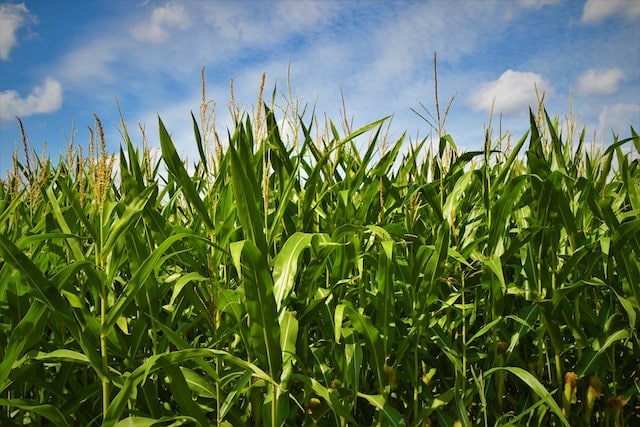
Growing Procedure
In a location with full light and healthy, well-drained soil with a pH of 6.0 to 6.8, place seeds 8 to 12 inches apart.
Adding several inches of rich organic matter can improve the native soil’s conditions. When adequately irrigated, corn will develop swiftly during the growing season.
Feed Intake Procedure
Whole corn can be given to cows or pigs as a supplement. Corn would be seen as an energy feed and a consequent energy booster.
Don’t feed more than 3 to 4 pounds per head per day in diets for cows and pigs heavy in fodder.
The Farmer’s Tip
All of the parts of a sunflower (e.g., seed, stalk, flower head) can be used as food for livestock.
Carrots
Because of its high beta-carotene content, this root crop is highly recommended. It also makes great feed for livestock during the winter months.
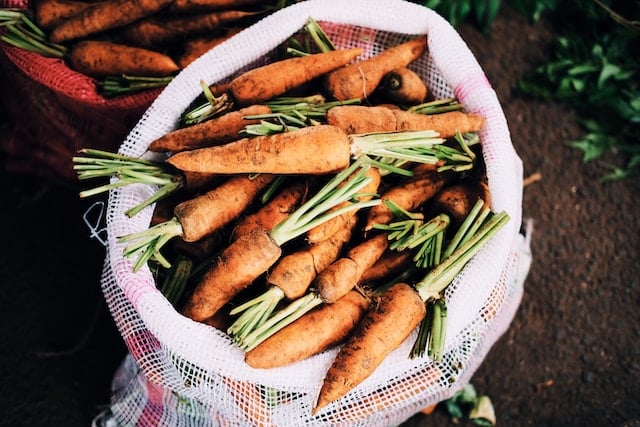
Growing Procedure
For every 10 feet of row, you plant, add one cup of 10-20-10 fertilizer to the soil. To combine the dirt and fertilizer, use a rake.
The easiest way to produce carrots is to plant them in rows one to two feet apart. It is recommended to space the seed 1 to 2 inches apart and 1/2 inch deep.
Feed Intake Procedure
Livestock can consume up to 35 lbs of carrots daily. Ensure the price adequately accounts for the water both root crops contain.
It is advised to value these root crops using equivalent weight units and DM (water-free) standards.
The Farmer’s Tip
Plants grow more quickly when the air temperature rises above the base temperature until they achieve their maximum growth rate.
Tromboncino
These large guys can grow to be almost 4 feet long! Because tromboncino likes to climb, you can grow it along fences, trellises, or hedges to reduce the space in the garden.
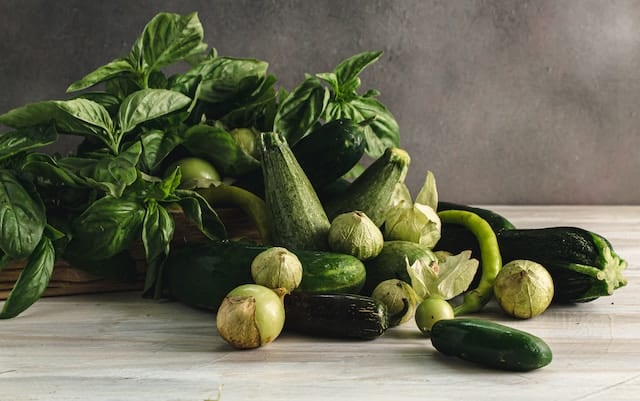
Growing Procedure
Tromboncino is also simple to grow. Before the latest date for frost, it can be started indoors, though we prefer direct sowing in the garden.
Put some rough compost down, top it off with a mound of dirt, and then plant three to four seeds with their points down to get tromboncino started.
Feed Intake Procedure
Large portions should be cut for pigs and ruminants (cows, sheep, goats).
Split the squash’s round, fatty body in half for chickens, and let them eat the seed cavity’s high-protein, vitamin-rich contents. The seeds, flesh, and rind will all be consumed.
What feeds are given to dairy animals?
Dairy cattle are frequently fed fibrous diets weak in nitrogen, minerals, and vitamins, primarily crop leftovers and poor-quality field.
Grass, hay, barley, and fodder are essential to a dairy cow’s balanced diet. This is especially important if you are raising animals for meat or milk.
While beef cattle can live on the field, it can be useful to access other feeds when the quality of the grass or pasture deteriorates over the winter.
Recommended reading:
What are tips and tricks to successfully grow your feed crops?
So here are some advice and techniques for growing your own animal feed:
- Direct Planting into Your Pasture: This is ideal for growing your horse feed. In feeding areas, grass and other crops grow well.
- Make a Private Garden: Keeping your farm animals and growing crops distinct is better. Otherwise, your animals may eat most animal-feed plants without your knowledge.
- Grow Greens for Chickens Vertically: Growing for animal feed can begin vertically. Vertical gardening allows you to make the most of your available space.
- Container Gardening: If you have a smaller homestead, it would be best not to let this deter you from growing your feed. You can utilize containers to extend your livestock’s food and gardening budget.
- Cold Frame Greenhouses: You may cultivate crops for your own animal feed with this device, even in freezing climates.
- Garden and vegetables/fruits waste should be set aside: You may see a few scraps after a harvest and contemplate discarding them. But don’t discard them!
How can you balance the grow cattle feed?
Producers must understand the nutritional needs of the cattle, the nutritional value of the animal feeds being considered for the ration, and the mathematical calculations.
These calculations are required to estimate the amount of each feedstuff required to meet the requirement to balance a ration properly.
Conclusion
Do you believe beginning to cultivate your own food for livestock has benefits? Even while it requires twice as much labor, the money you can save makes it worthwhile.
You probably have a whole lot of livestock feed lists to test out if you have been asking what you can grow for your own feed.
The bottom line is that when you raise your food for livestock, you may save more money and ensure that it is of higher quality.
Frequently Asked Questions – Grow your own Livestock Feed with Crops
You can grow a variety of crops for livestock feed, including corn, sorghum, soybeans, and alfalfa. These crops provide a good balance of protein, fiber, and energy for your animals, ensuring their health and productivity.
To select the right crop, consider the nutritional requirements of your livestock, your local climate, and the availability of water and other resources. For instance, corn is suitable for high-energy diets, while alfalfa offers a high-protein option for grazing animals.
Start by selecting appropriate seeds based on your region and soil type. Prepare the soil by tilling and adding necessary fertilizers or amendments. Plant the seeds at the recommended depth and spacing, and irrigate as needed. Regularly monitor for pests and diseases, and apply proper control measures to ensure a healthy crop.
After harvesting, you can either use the crops fresh or process them further, such as drying or ensiling. Store the feed in a clean, dry place with proper ventilation to prevent spoilage. Be sure to track the amount of feed used and adjust your feeding practices based on your livestock’s needs and the quality of the stored feed.
